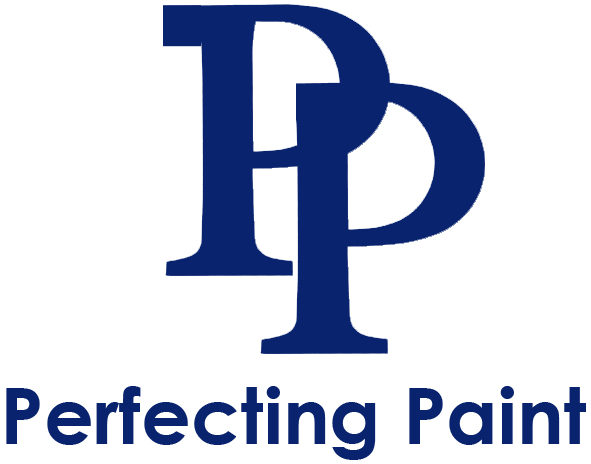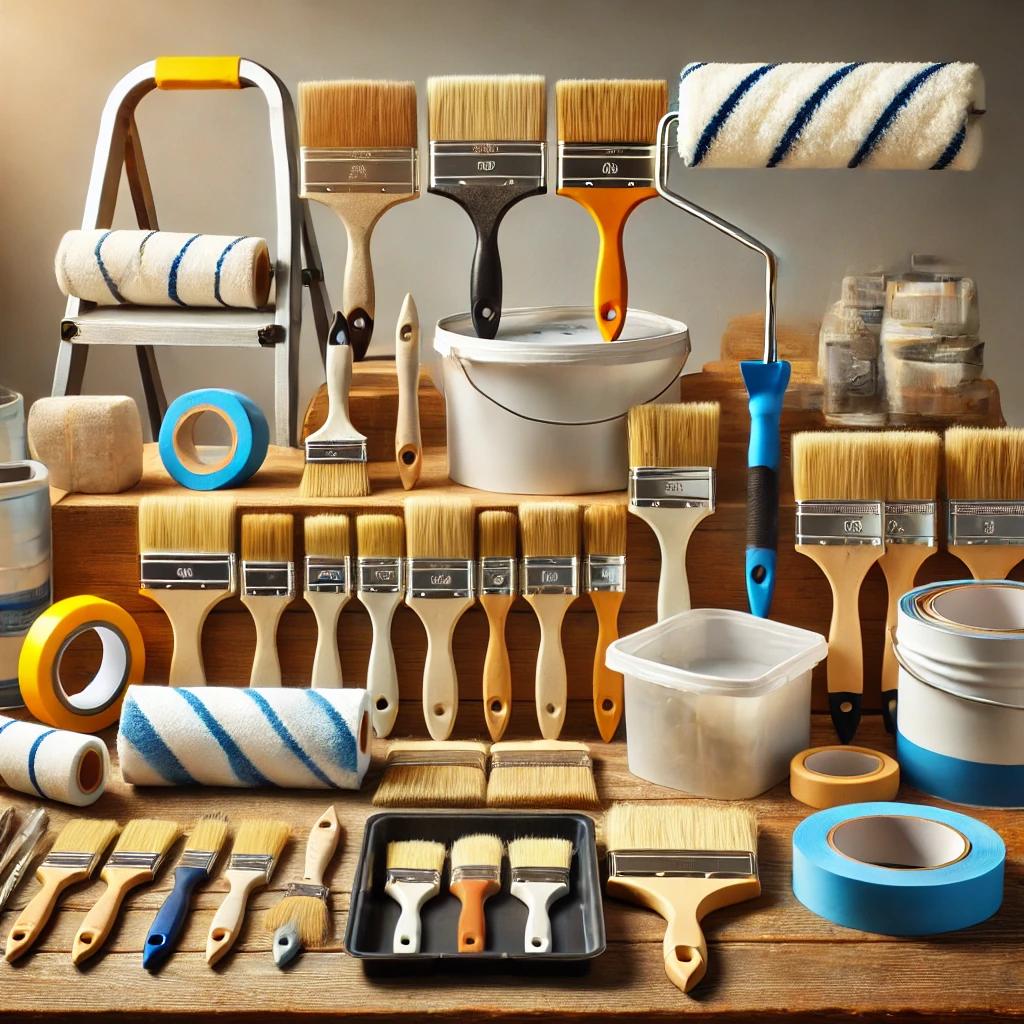Whether you’re tackling a DIY home improvement project or just giving a single room a fresh coat of paint, having the right tools can make all the difference. The right painting equipment ensures a smooth, professional-looking finish with minimal hassle. Here’s a guide to the must-have painting tools every homeowner should own.
1. High-Quality Paintbrushes
A good paintbrush is essential for precise edges, trim work, and detailed areas.
Types of Brushes:
- Angled Brush: Perfect for cutting in and painting edges.
- Flat Brush: Ideal for large, smooth areas.
- Foam Brush: Great for small touch-ups and furniture painting.
Pro Tip: Invest in brushes with synthetic bristles for latex paint and natural bristles for oil-based paint.
2. Paint Rollers and Covers
Rollers help cover large areas quickly and provide an even finish.
What to Look For:
- Short Nap Rollers (1/4” to 3/8”) – Best for smooth surfaces like drywall.
- Medium Nap Rollers (1/2”) – Good for lightly textured walls.
- Long Nap Rollers (3/4” to 1”+) – Ideal for rough surfaces like stucco or brick.
Pro Tip: Choose a roller with a sturdy frame and an extendable handle for higher walls and ceilings.
3. Painter’s Tape
Painter’s tape ensures crisp, clean edges and protects trim, ceilings, and baseboards from accidental paint spills.
How to Use Painter’s Tape Effectively:
- Apply the tape smoothly to prevent paint from seeping underneath.
- Remove it while the paint is still slightly wet to avoid peeling.
- Choose a tape designed for delicate surfaces if painting over wallpaper or existing paint.
4. Paint Trays and Liners
A paint tray holds your paint while rolling, making the application process smoother and more efficient.
Why Use a Paint Tray Liner?
- Reduces cleanup time.
- Allows for easy color changes between coats.
- Helps prevent dried paint buildup.
5. Drop Cloths and Plastic Sheeting
Protecting your floors and furniture is crucial to avoiding messy spills.
Best Options:
- Canvas Drop Cloths: Reusable, durable, and absorbent.
- Plastic Sheeting: Ideal for covering furniture and windows.
- Paper Drop Cloths: Great for quick projects but not as durable.
Pro Tip: Secure plastic sheets with painter’s tape to keep them in place.
6. A Quality Paint Can Opener and Stir Sticks
A dedicated paint can opener prevents damage to the lid, allowing for proper sealing after use.
Why Stir Sticks Matter:
- Ensures consistent color by mixing the paint evenly.
- Helps prevent paint separation during application.
Pro Tip: Always stir paint thoroughly before use, especially if it has been sitting for a while.
7. Extension Poles
Painting ceilings or high walls? An extension pole can save time and reduce strain by allowing you to reach areas without a ladder.
Features to Look For:
- Adjustable length for versatility.
- Lightweight but sturdy materials.
- Compatible with roller frames.
8. Paint Edgers and Corner Tools
For flawless edges, consider investing in a paint edger.
Why Use a Paint Edger?
- Creates sharp lines without the need for painter’s tape.
- Speeds up the cutting-in process.
- Reduces drips and smudges near trim and baseboards.
Pro Tip: Use a corner roller for tight spaces where standard brushes and rollers can’t reach.
9. A Ladder or Step Stool
A sturdy ladder is essential for safely painting high walls and ceilings.
Choosing the Right Ladder:
- Step Stool: Best for lower walls and trim.
- A-Frame Ladder: Ideal for rooms with standard ceilings.
- Extension Ladder: Necessary for high ceilings and exterior projects.
Safety Tip: Always ensure the ladder is on a stable surface and avoid overreaching.
10. Paint Sprayer (For Large Projects)
For those tackling large-scale painting jobs, a paint sprayer can provide a smooth, even coat quickly.
Types of Paint Sprayers:
- Airless Sprayers: Best for large interior and exterior projects.
- HVLP Sprayers: Ideal for detailed work with minimal overspray.
- Compressed Air Sprayers: Provide a fine finish but require an air compressor.
Pro Tip: Practice using a paint sprayer on scrap material before applying it to walls.
Final Thoughts
Having the right painting tools ensures a professional-quality finish and makes the job easier and more efficient. Whether you’re painting a single room or tackling a whole house, these essential tools will help you achieve the best results.
Looking for expert painting advice or professional assistance? Contact Perfecting Paint for top-notch service and flawless execution.
Request a free estimate and start your painting project today!

